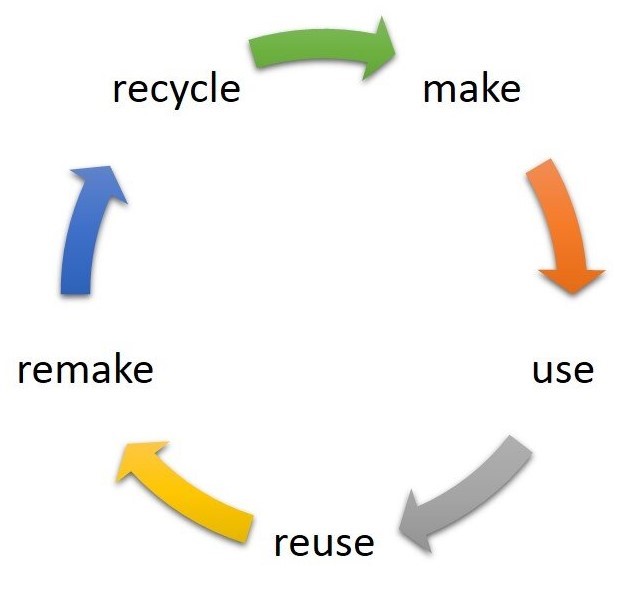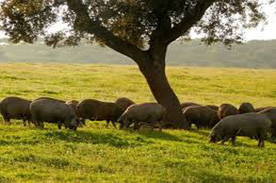
Ecological Value

(Closed loop system = circular economy)
Cork is natural, biodegradable, renewable and recyclable. Each part of the cork tree serves an ecological or economic purpose, and through efficient production, it is a closed cycle system where everything is used, and there is no waste. Relative to actual wine corks, there is almost no energy used in their production, as compared to any synthetic plastic or screw-top alternatives which have been introduced over the last several decades.
The cork oak forests play an important role in helping suppress climate change. The cork oak tree is a sequester of carbon, meaning that it absorbs carbon dioxide from the atmosphere and stores it in its wood and bark of the tree. As the bark is harvested and used in products, that sequestered carbon locked into the product, storing it. A cork tree, which has its bark removed every 9 years, will absorb 3-5 times as much CO2 as would a similar tree that did not have its’ bark removed so it could regenerate. According to the leading cork supplier in Portugal, cork oak forest can sequester up to 73 tons of CO2 from the atmosphere for each ton of cork produced.
The cork forests of the Mediterranean support one of the world’s highest levels of forest biodiversity, second only to the Amazon Rainforest. There are more than 160 bird species, 37 species of mammals, and 24 species of reptiles and amphibians. The birds find protection in the forests, so they can nest and feed their young. Mammals, including wild boars and Iberian lynxes, can thrive in the cork forests. The Iberian Lynx, the most iconic of the Portuguese mammals
was teetering on extinction until recently. In 2002, there were less than 100 Iberian lynx left in the wild, but due to conservation efforts by the governments of Portugal and Spain, these numbers are rebounding, and as of a 2022 report, there were over 1,000 wild Iberian lynx throughout Portugal and Spain.


(Iberian Lynx)

(Iberian Lynx)

(Spanish Imperial Eagle)

(Wild Boar)

